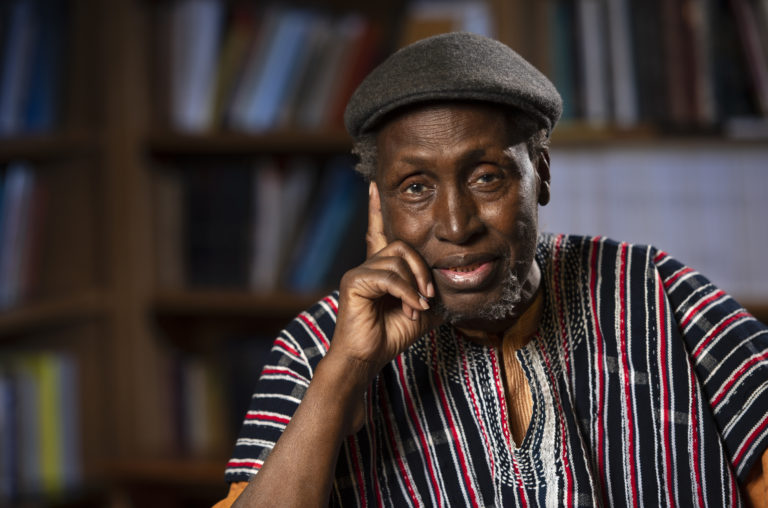JK not updated on Laetoli footprints, claims official

Tanzanian President Jakaya Kikwete.
What you need to know:
Laying a foundation stone for the construction of Sh42 billion worth of a 15 storey investment building belonging to the authority last week, Mr Kikwete expressed dissatisfaction over the division’s failure to display Laetoli footprints discovered at Oldupai Gorge within the Ngorongoro Conservation Area (NCA) to tourists.
Arusha. The Division of Antiquities in the Ministry of Natural Resources and Tourism said they were working under President Jakaya Kikwete’s directive to expose footprints of early man discovered in Ngorongoro.
Laying a foundation stone for the construction of a Sh42 billion worth 15 story investment building belonging to the authority last week, Mr Kikwete expressed dissatisfaction over the division’s failure to display Laetoli footprints discovered at Oldupai Gorge within the Ngorongoro Conservation Area (NCA) to tourists.
“We’ve not yet exhausted discovery of treasure trove available at Ngorongoro because serious research was last conducted by Dr Leaky,” he said.
Mr Kikwete wondered why the responsible parties were dragging their feet in tapping the three separate tracks of early hominid footprints discovered at Laetoli for fear of exposing the find to the elements.
“Ways of displaying the footprints must be sought so that tourists can see them,” said Mr Kikwete, stressing that scientists must be tasked to find means of preventing the rocks from weathering.
But Mr Donatius Kamamba, the director of the Antiquities, yesterday said in an interview with The Citizen that the division had adequately worked on the President’s directive to expose the footprints.
“The President has not been updated on the development of his directive,” he said, explaining that the division, in collaboration with the NCA had embarked on a process of identifying a contractor who would be tasked with designing a special building for preserving the footprints.
Talks with Russia and South Africa on mobilising resources for the construction of the building with a special room earmarked for the footprints alone were in progress, he said.
The division already had liaised with the UN Education, Science, and Cultural Organisation which would deploy its experts to the country in the near future to ascertain if the construction of the building would not affect originality of the footprints ready for the organisation to issue a permit.
Over the last 30 years or so, it has become increasingly apparent that Africa is probably the “Cradle of Mankind” from where they spread out to populate the rest of the earth.
Remains of the earliest humans were found at Oldupai Gorge and at Laetoli, west of Ngorongoro Crater, where hominid footprints are preserved in volcanic rock 3.6 millions years old, also suggesting some of the earliest signs of mankind in the world.



